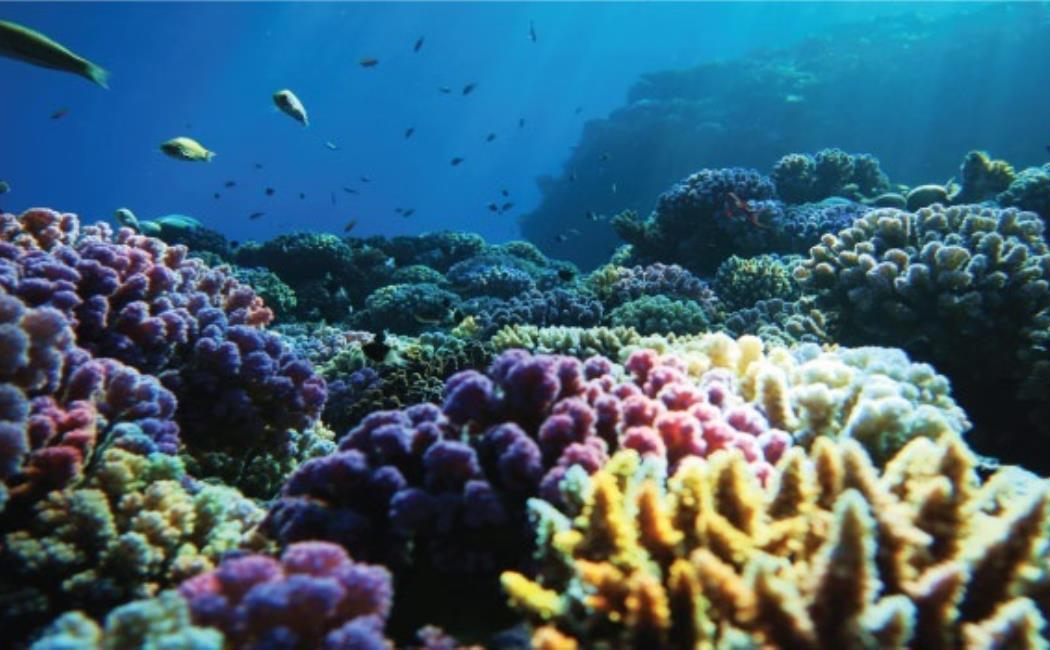
Robot probes the Red Sea's carbon storage system
29 November, 2020
Warming waters and oxygen depletion in the Red Sea could slow the flow of organic carbon from the surface into the deep ocean where it can be stored, out of reach of the atmosphere. A KAUST team has used an underwater robot to investigate the little-studied mesopelagic, or "twilight," zone, at depths of between 100 and 1000 meters.
The oceans absorb billions of tons of carbon dioxide (CO2) from the atmosphere each year that either dissolves or is transformed into organic carbon by plants and phytoplankton in the sunlit shallows (0 – 100m). Most of this organic carbon is converted back into CO2 by microorganisms as it falls through the mesopelagic zone, but some of it eventually sinks into the deep ocean, where it can remain for centuries.
Click here to read the full story
Image: By studying the fate of organic carbon in the Red Sea, KAUST researchers hope to refine models that predict the carbon sink capacity of the world's oceans in the future.
© Susann Rossbach